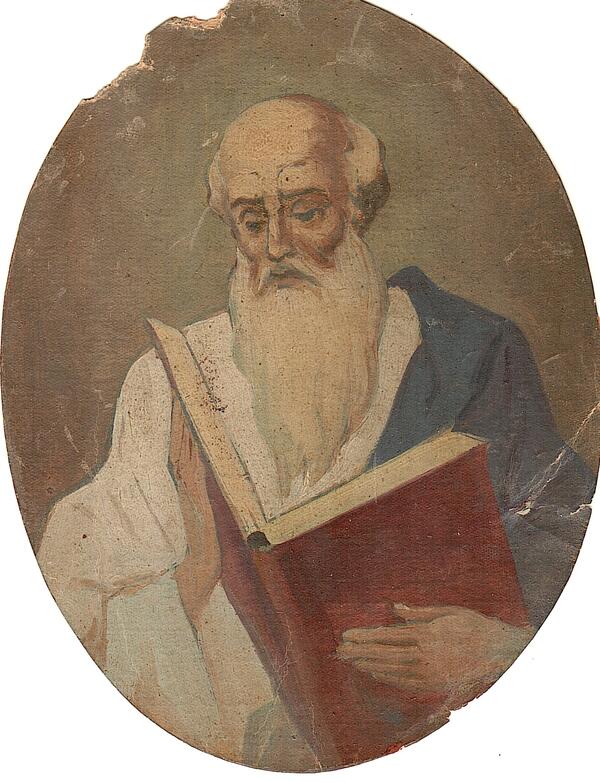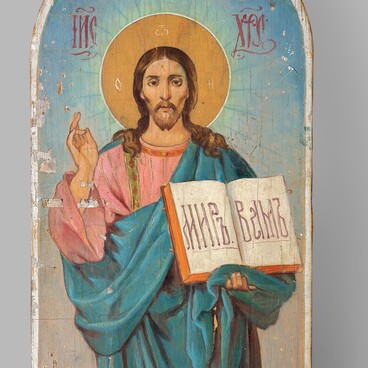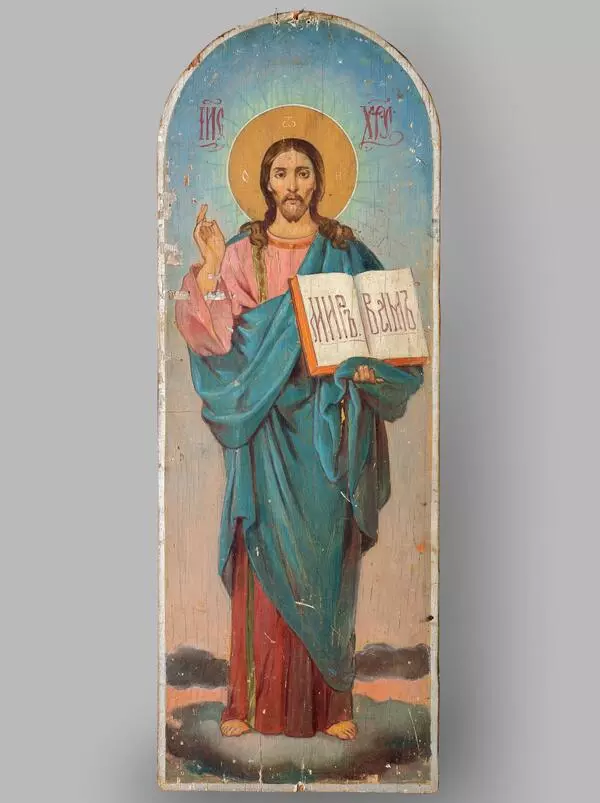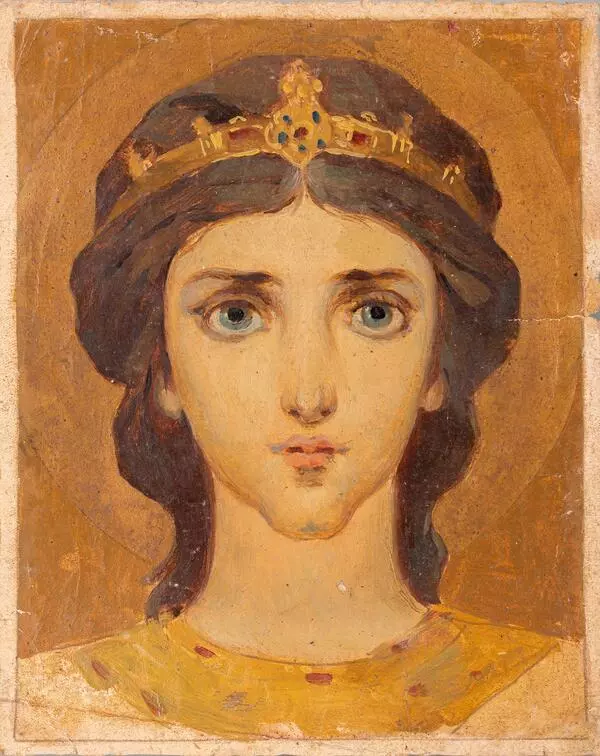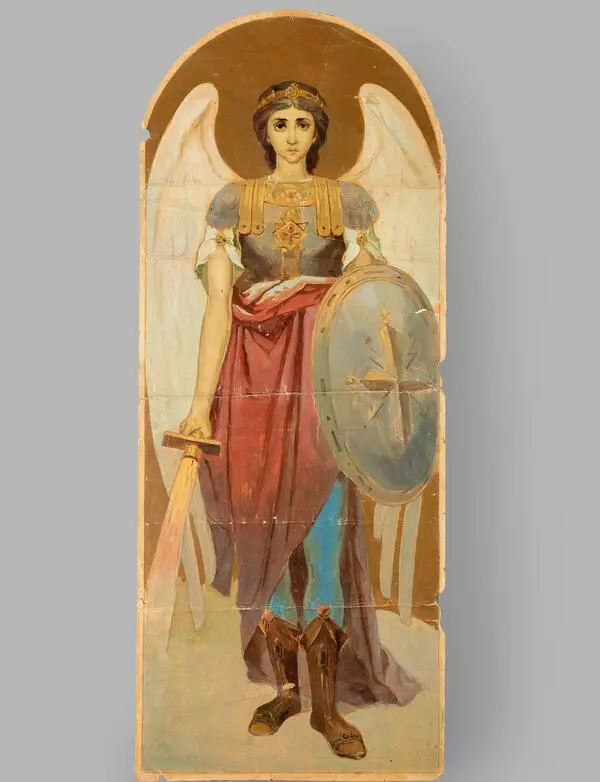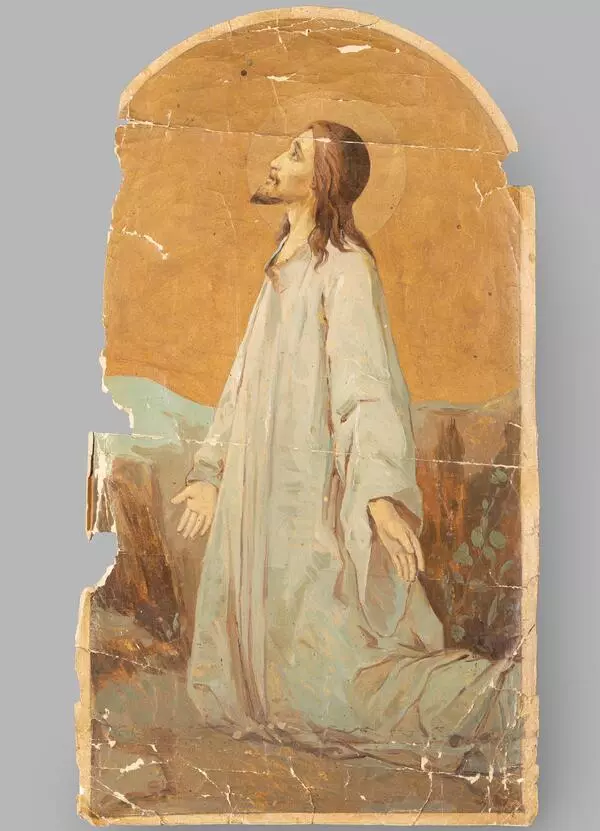Matthew Levi, the son of Alphaeus and brother of another apostle, James, was from Capernaum, a Galilean city. There he served as a tax collector in the service of the Roman treasury (the evangelist humbly called himself a publican). It was a lucrative position, but it was despised by everyone; Levi himself was known as a calculating man who was ruthless to his debtors.
Matthew succinctly speaks about the turning point in his life in the Gospel: “As Jesus passed on from there, He saw a man named Matthew sitting at the tax office. And He said to him, ‘Follow Me.’ So he arose and followed Him” (Matthew 9:9). The evangelists Mark and Luke, describing the same episode, specify that the former publican followed Jesus, leaving behind not only his occupation, but also everything he owned.
Having answered the call of Christ, Matthew invited Him and His disciples to his house, where other publicans gathered. To the protests of the Pharisees, who did not believe that a prophet could share a meal with sinners, Christ replied, “I have not come to call the righteous, but sinners, to repentance” (Luke 5:32).
Little is known about Matthew’s life after he became one of the twelve apostles. Following the execution and Resurrection of Jesus, he went to preach in Palestine, having previously compiled the first of the four Gospels for the people of Israel.
Matthew preached in Syria, Persia, Parthia, and Media. The last place of his ministry was Ethiopia, where cruel pagan customs flourished at that time. Having managed to convert part of the population to Christianity and having built a church in Mirmena, Matthew made Plato, one of his companions, a bishop there. Appearing before His disciple in the guise of a young man, Jesus commanded the apostle to place a rod at the entrance to the temple so that a spring would appear from under the base of the rod, and the rod itself would turn into a fruit-bearing tree. On the way to the temple, Matthew saw the ruler’s wife and son possessed by demons and healed both of them. The witnesses of this miracle immediately turned to Christ, but the ruler Fulvian accused the missionary of witchcraft and ordered to burn the apostle and surround him by idols. The fire did not harm the apostle, spreading to the idols and Fulvian himself. Having calmed the flame, the saint died, and his body was thrown into the sea, placed in an iron coffin. Only when his body was found again undamaged and brought to the temple with honors, the ruler of Ethiopia himself was baptized with the name Matthew, and subsequently became bishop.
Traditionally, the image of Matthew the Evangelist is complimented with a depiction of an Angel — a symbol of Christ’s human nature.
Matthew succinctly speaks about the turning point in his life in the Gospel: “As Jesus passed on from there, He saw a man named Matthew sitting at the tax office. And He said to him, ‘Follow Me.’ So he arose and followed Him” (Matthew 9:9). The evangelists Mark and Luke, describing the same episode, specify that the former publican followed Jesus, leaving behind not only his occupation, but also everything he owned.
Having answered the call of Christ, Matthew invited Him and His disciples to his house, where other publicans gathered. To the protests of the Pharisees, who did not believe that a prophet could share a meal with sinners, Christ replied, “I have not come to call the righteous, but sinners, to repentance” (Luke 5:32).
Little is known about Matthew’s life after he became one of the twelve apostles. Following the execution and Resurrection of Jesus, he went to preach in Palestine, having previously compiled the first of the four Gospels for the people of Israel.
Matthew preached in Syria, Persia, Parthia, and Media. The last place of his ministry was Ethiopia, where cruel pagan customs flourished at that time. Having managed to convert part of the population to Christianity and having built a church in Mirmena, Matthew made Plato, one of his companions, a bishop there. Appearing before His disciple in the guise of a young man, Jesus commanded the apostle to place a rod at the entrance to the temple so that a spring would appear from under the base of the rod, and the rod itself would turn into a fruit-bearing tree. On the way to the temple, Matthew saw the ruler’s wife and son possessed by demons and healed both of them. The witnesses of this miracle immediately turned to Christ, but the ruler Fulvian accused the missionary of witchcraft and ordered to burn the apostle and surround him by idols. The fire did not harm the apostle, spreading to the idols and Fulvian himself. Having calmed the flame, the saint died, and his body was thrown into the sea, placed in an iron coffin. Only when his body was found again undamaged and brought to the temple with honors, the ruler of Ethiopia himself was baptized with the name Matthew, and subsequently became bishop.
Traditionally, the image of Matthew the Evangelist is complimented with a depiction of an Angel — a symbol of Christ’s human nature.

